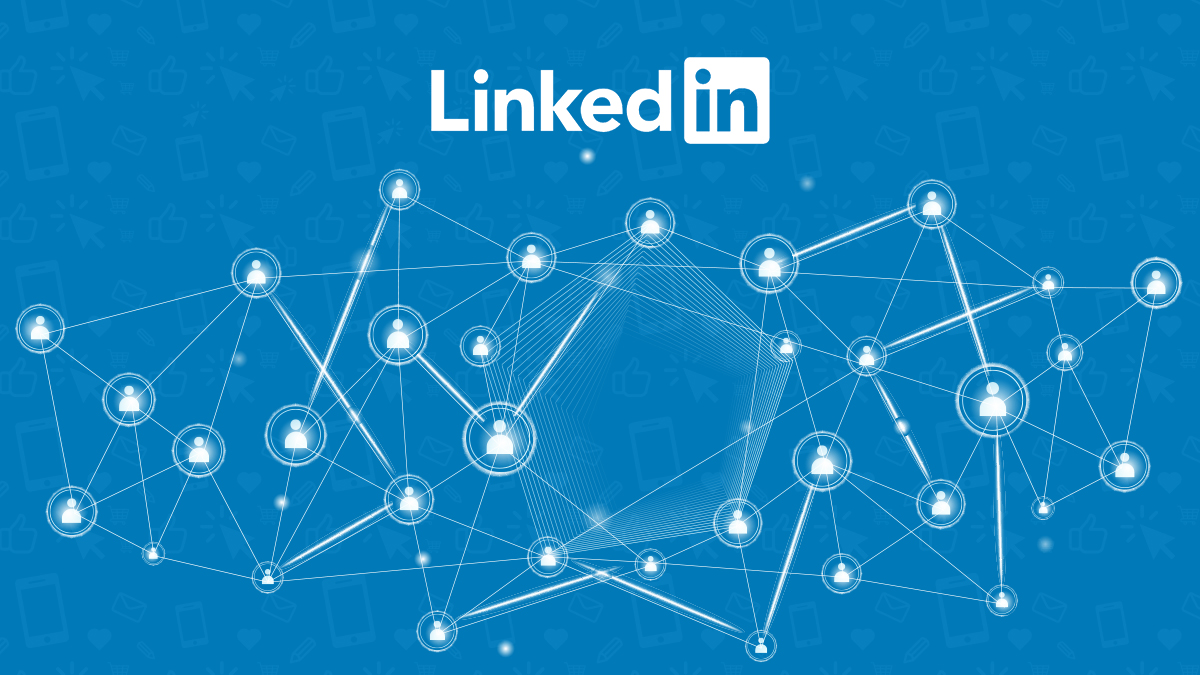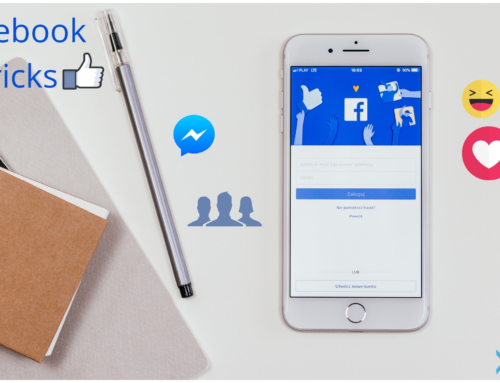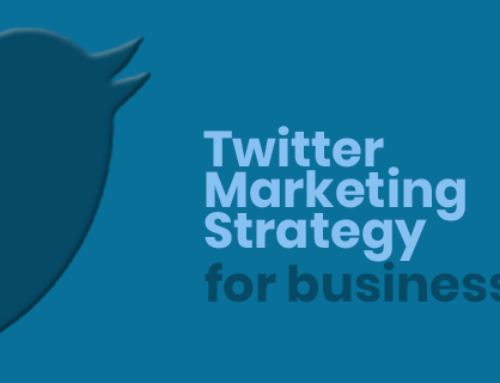Social media can be a lot like a petting zoo gone awry. Tracking competitors, creating unique content, connecting with niche TGs, designing visuals, applying KPIs and analytics, and strategizing ads need discipline, acumen, patience, effort, time, and money. So the first step to being able to earn is to invest in your LinkedIn marketing goals.
Did you know social media ROI can be measured in monetary and NON MONETARY ways?
For example: If the goal of a paid campaign on LinkedIn is to increase brand awareness and influence, ROI is measured by growth in follower count or post impressions.
I know it is heart-breaking not being able to count the money every time you pay your agency to run the ad. But the truth is simpler than expectations. So simplify your expectations and focus on the infinite game. If your LinkedIn strategy is to grow, give it time.
Personal branding can be a rather hollow term thrown around by individuals in different industries and has been mocked on “How I met your mother?!” But what’s great about personal branding, especially on a platform like LinkedIn, is that it helps you gain more credibility and harness trust. Personal branding is the act of giving your customers a true personality. A personality that makes people remember you and makes them want to follow you.
Some People Search all Day and Find Nothing. Other People Find Things Faster Using LinkedIn
If you are trying to search success on LinkedIn first know how to ‘Search’. Looking to increase your network? Search people & communities who share similar goals. Looking to hire? Search talent that can be a long-term asset.
Search and find gains a whole new level of command, thanks to Linkedin Advanced search & Boolean operation! Search by names, interest, location, groups, companies, work experience, job title, industry and what not. Linkedin is the only platform that allows you to search multiple options by using ‘AND; while filtering out search by using ‘NOT’. Example: CEO AND Founder Sales, or Executive NOT Ceo. Another amazing thing is that LinkedIn enables you to save your searches so you can run them in the future. How cool is that!
Define your brief in terms of short-term, achievable targets. Objectivity is the fuel that drives digital marketing success. Talk to your agency people about marketing objectives and limitations, whether budget or information! In my opinion, discussing limitations is as important as discussing the scope of expansion. It helps us avoid expensive mistakes. In addition, having a proper brief helps set much clearer social media goals.
Maybe be your competitors, especially those who are pulling off a remarkable LinkedIn stance, is paying more to the agency to do good work! Who knows?! In 15 years of service I have come across multiple such company reps who talk about competitor analysis without actually bothering to evaluate in depth the painstaking efforts that go into it.
Step 6: Understanding key LinkedIn aspects
It’s not very difficult to get noticed and convert leads into sales on LinkedIn. But for that to happen, you need not keep jumping guns at your ad guys. To help iron out your social media plan, here’s a little help – include mixed content formats, storytelling-long format, informative posts, uphold the company’s expertise & knowledge, show appreciation to employees, avoid copy-paste for all social channels, avoid blocking criticism, place outbound links, do not automate reach and most importantly do not threat agency guys by withholding payments. So don’t wait to be discovered; pitch your story to the right audience on LinkedIn and make an impression.



